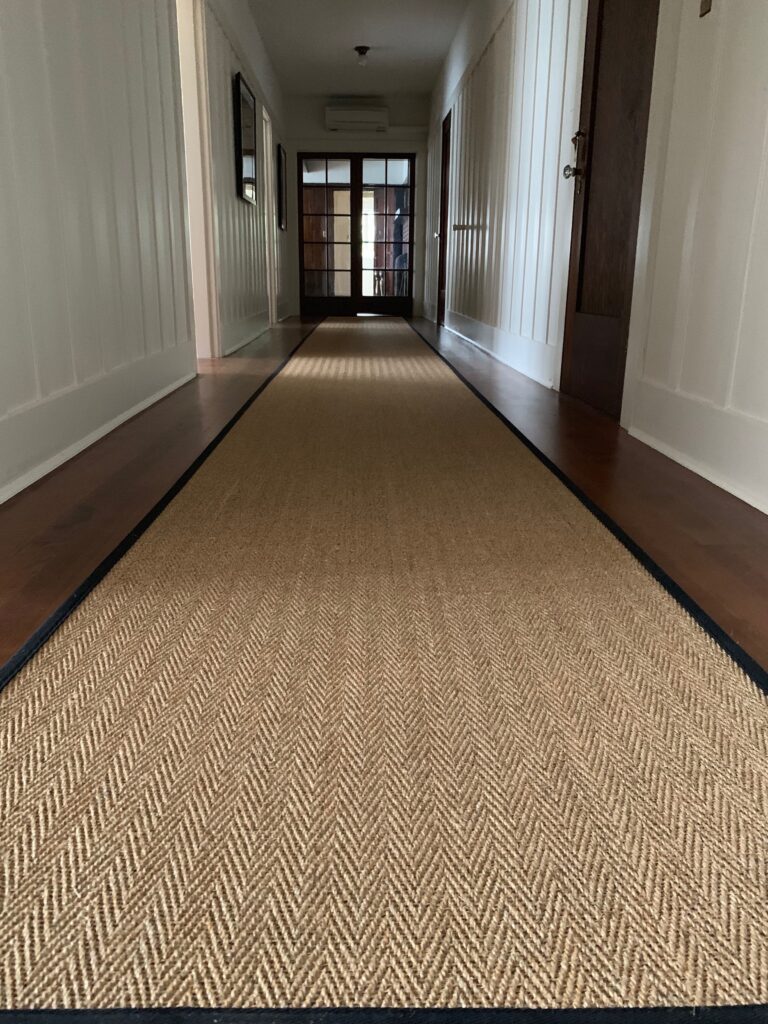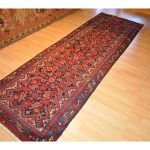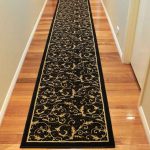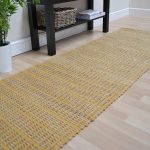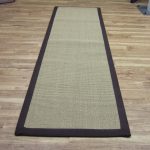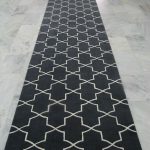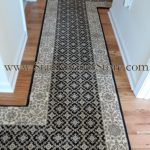Hall runners can be a practical and stylish addition to any home, providing both protection for your floors and a touch of decoration to your hallway. However, with so many options available, it can be overwhelming to choose the right one for your space. Not to worry, we’ve put together the ultimate guide to help you choose and care for hall runners.
1. Consider the size and shape: Before you start shopping for a hall runner, measure the length and width of your hallway to determine the right size for your space. Standard hall runners are typically 2-3 feet wide and come in various lengths to fit different hallway sizes. Additionally, consider the shape of your hallway – if it’s long and narrow, a straight hallway runner may be best, whereas a curved hallway may require a flexible or oval-shaped runner.
2. Choose the right material: Hall runners come in a variety of materials, from natural fibers like wool and jute to synthetic materials like nylon and polyester. Consider the level of foot traffic in your hallway and choose a durable material that can withstand wear and tear. Natural fibers are typically more luxurious and durable, while synthetic materials are easier to clean and maintain.
3. Pick a style that complements your décor: Hall runners come in a wide range of colors, patterns, and designs to suit any decorating style. Choose a runner that complements the colors and patterns in your hallway and coordinates with the rest of your home décor. If you have a neutral hallway, a colorful or patterned runner can add a fun pop of color and personality.
4. Care for your hall runner: To keep your hall runner looking its best, regular maintenance and care are essential. Vacuum your runner regularly to remove dirt, dust, and debris. If your runner is made of natural fibers, spot clean any spills immediately with a mild detergent and water. For synthetic materials, you can usually spot clean with a mixture of water and vinegar. Avoid using harsh chemicals or bleach, as these can damage the fibers of your runner.
5. Rotate your runner: To prevent uneven wear and tear, rotate your hall runner regularly. This will help distribute foot traffic and sunlight exposure more evenly, prolonging the life of your runner. Additionally, consider using rug pads underneath your hall runner to prevent slipping and sliding and protect your floors from damage.
By following these tips, you can choose the perfect hall runner for your space and keep it looking great for years to come. Whether you prefer a classic, neutral runner or a bold, colorful design, there’s a hall runner out there to suit your style and needs. Happy decorating!
 goodworksfurniture Decoration and home design ideas
goodworksfurniture Decoration and home design ideas

